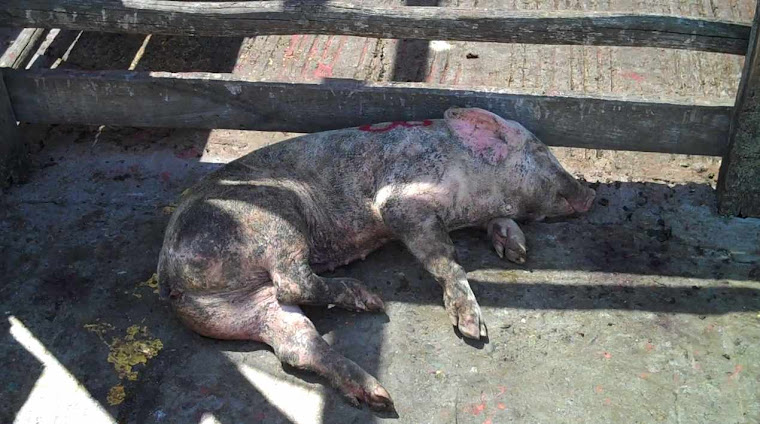Eleven adults and one infant calf were brutally slaughtered in Tsavo East National Park in southern Kenya by poachers to feed the demand for ivory in Asian countries.
“It is unimaginable, a heinous, heinous crime,” said Paul Udoto, spokesman for the Kenya Wildlife Service (KWS). “We have not seen such an incident in recent memory, it’s the worst single loss that we have on record, and our records go back almost 30 years.”
The family was gunned down with automatic rifles before their tusks were hacked out with machetes, while the calf is believed to have been crushed by its mother as she fell after being shot.
Now, teams of rangers are searching the 8,500 square mile park for the hunters by land and air. The park service estimates that around 10 poachers were involved in the slaughter,
reports CNN.
This attack is the latest in an increasing number of elephant deaths that KWS figures show have risen from fewer than 50 in 2007 to 360 in 2012,
according to the Telegraph.
The killings also coincide with the release of a report from the Convention on International Trade in Endangered Species of Wild Fauna and Flora (CITES) that indicates that the illegal ivory trade is at the highest it’s been in two decades, with a major increase in 2011. Figures for 2012 are not yet available, but are expected to be worse.
“The remarkable surge in recent years reflects the increasing involvement of organized crime syndicates in the illegal ivory trade,”
said Tom Milliken, TRAFFIC’s ivory trade expert, manager of the Elephant Trade Information System (ETIS) and lead author of the report.
With the exception of two government sales held in 1999 and 2008, the international trade in ivory has been banned since 1989. Unfortunately, demand from Asian countries has led to an increase in poaching and continues to threaten vulnerable populations of elephants as thousands are killed annually. Some believe the legalized sales helped reignite the demand.
In 2011, there were at least 13 large-scale seizures (more than 800 kg) that represent an estimated 2,500 elephants, if not more, with the most recent seizure in Kenya this December, which turned up 727 pieces that were destined for Asia,
according to TRAFFIC.
“In 23 years of compiling ivory seizure data for ETIS, this is the worst year ever for large ivory seizures—2011 has truly been a horrible year for elephants,” said Milliken.
According to the report, it is believed that the increase in trade has to do with organized crime units becoming more involved with the majority of shipments coming from Kenya and the Untied Republic of Tanzania, which end up in China or Thailand, while Malaysia, Hong Kong SAR, Viet Nam and the Philippines serve as key transit points along smuggling routes. Milliken also noted that most large-scale seizures fail to result in arrests.
“We need to enhance our collective efforts across range, transit and consumer States to reverse the current disturbing trends in elephant poaching and ivory smuggling. While being essential, enforcement efforts to stop wildlife crime must not just result in seizures – they must result in prosecutions, convictions and strong penalties to stop the flow of contraband. The whole ‘enforcement chain’ must work together,”
said John E. Scanlon, CITES Secretary-General.
The report will be presented and discussed at the next meeting of CITES in Bangkok this March.
Read more:
http://www.care2.com/causes/entire-elephant-family-killed-for-their-ivory.html#ixzz2IAQhj1sy


